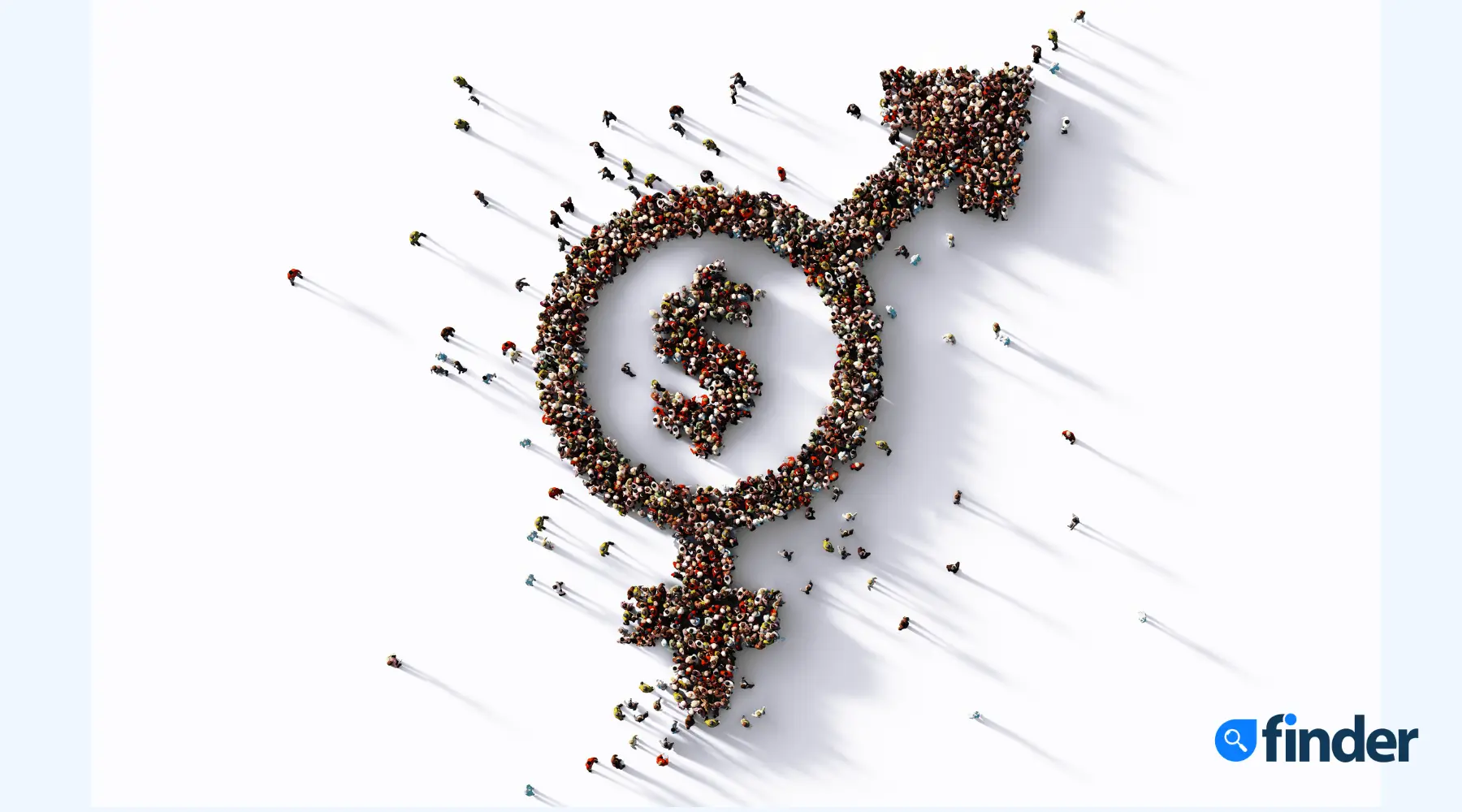Gender pay gap: What’s changed and what hasn’t in 2023?

The progress to financial equality has worsened, with widening gender gaps in pay and underemployment at the forefront.
Ahead of International Women's Day today (8 March), Financy released its annual Women's Index report. It shows that for the first time in a decade, financial equality has seen negative growth. The report puts this down to the slowing Australian economy, which has seen rising unemployment and underemployment.
Women are not only working less than men, but they are employed with fewer hours and in fewer leadership roles.
"The underemployment rate suggests that even when women want to take on more paid work, they are unable to do so to the same extent as men. Among the reasons for this could be higher costs of living and the tendency for women to be the primary carers of children." – Financy's Women Index report.
The report's index for 2022 was the worst performance since 2014.
In a more promising sign, the gender pay gap improved by the end of 2022 after a rocky start to the year: it dropped from a 14.1% gap to a low of 13.3%. This is partly due to improved wage growth across the board, where women saw better growth than men (3% compared to 2%).
While that low is a step in the right direction, women are still earning about $253 less per week than men. As of November 2022, female full-time average weekly ordinary earnings across all industries and occupations were $1,653.60, compared to the male equivalent weekly earnings of $1,907.10.
Fewer savings, more debt and less stability
According to Finder's own research, women are worse off when it comes to savings, debt and facing into the cost of living as well.
Finder's Consumer Sentiment Tracker shows that the gap between the amount men and women have in savings is growing. The most recent figures show that men have 102% more in savings than women.
Women also have 4% more in credit card debt and are less likely to be able to manage their finances without a credit card (73% say they could cope, compared to 77% of men).
Finder's research also shows the difference between men and women on being able to live off their savings if they were to lose their jobs amid the growing cost of living.
Men saw a small but positive change over the last year. Comparing February 2022 and February 2023, the proportion of men who believed they could only live off their savings for less than a week dropped 2 points from 10% to 8%. This shift was opposite for women with 20% in 2023 feeling that their savings would last less than a week compared to 19% in 2022.
Women are not feeling confident with finances
Women are also behind men in terms of their confidence levels in finance. According to research from Fidelity International, only around half of Australian women said they felt confident. That's compared to about 65% of men who said they felt very or fairly financially independent.
After a lifetime of facing gender pay gaps it's also unsurprising that women are less confident about retiring. Just 35% of women said they probably or definitely had enough for retirement, compared to 65% of men.
"Some of the biggest differences in attitudes towards money were in response to queries where respondents were asked to agree or disagree with statements like 'investing is for people like me'," Lauren Jackson, business manager at Fidelity International, said.
"While more than half of the Australian men surveyed, at 57%, agreed with that statement, just 34% of Australian women did.
"Gender stereotypes around investor confidence may be a factor in these responses, but women are also less likely to say they feel very or fairly financially independent, which impacts their ability to see themselves as investors.
"Interestingly, Australian women are more likely to say there should be more help for those with children (e.g. childcare) than women from any other region, and also ranked highly in wanting more commitment from the government to close the gender pay gap."
Industries that saw improving gender pay gap:
- Health care and social assistance (21.1% from 21.4%)
- Professional, scientific and technical services (21.2% from 24.4%)
- Financial and insurance services (19.1% from 20.06%)
Industries that saw worsening gender pay gap:
- Administrative and support services (18.5% from 13.8%)
- Mining (16.1% from 15.4%)
- Information media and telecommunications (16.9% from 16%)
For the most part, the report shows a reduction in the number of expected years it will take to achieve gender equality:
- 6 years for equality in board leadership
- 19 years until gender equality in superannuation balances
- 24 years for gender equality pay gap to close
- 44 years for equality in unpaid work
- 139 years for equality in education and expected earnings
But the time it's expected to reach other areas is growing:
- 18 years for equality in underemployment
- 28 years for gender equality in employment
Ask a question
